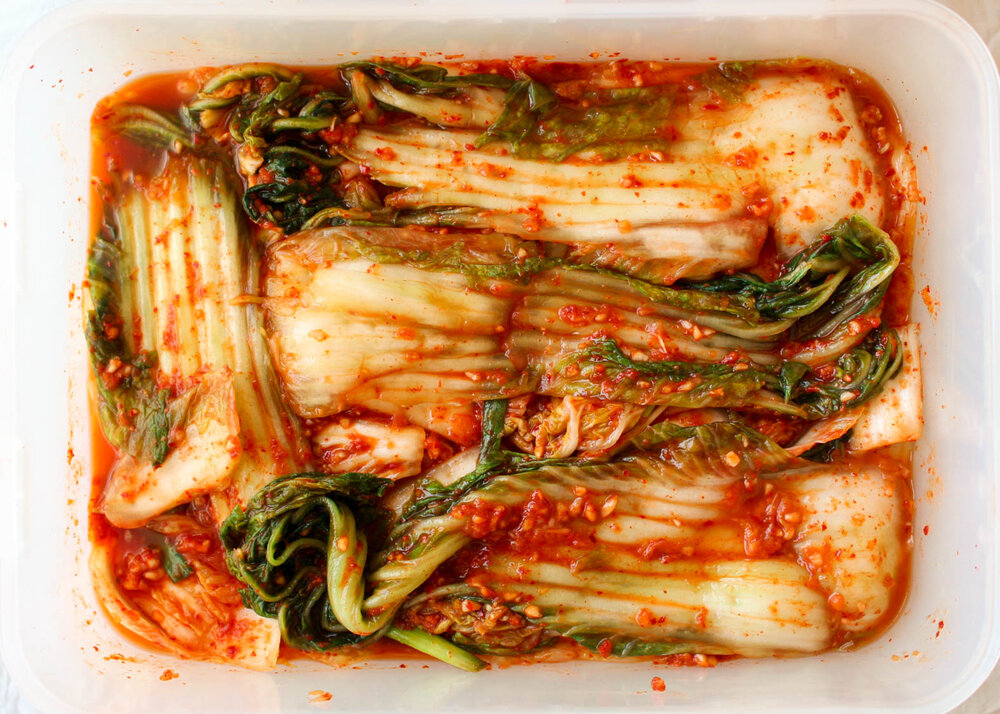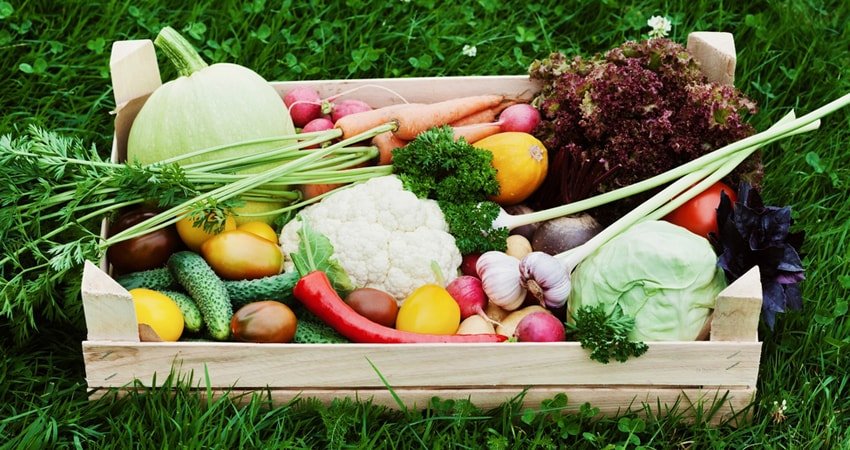Kimchi is a spicy fermented plant-based food that is served with almost all traditional foods in South Korea. This country has a very varied and delectable cuisine.
As we know it today, South Korean cuisine has evolved through the centuries, along with changes in the country. In fact, its diversity and the high presence of vegetables make it one of the healthiest cuisines in the world.
In recent years, Kimchi’s consumption has expanded worldwide due to its effect on all the senses and its probiotic power. It is enjoyed as a side dish and as a key ingredient in a variety of Korean and Westernized dishes. Its spicy and crunchy flavors blend very well with a wide range of foods.
History of Kimchi

The existence of kimchi dates back to the beginning of agriculture. When the first Koreans began to cultivate the land, they had big problems with the climate, since the winters were very cold. It was important to store food for the winter, and the most popular way to preserve it was by using salt.
During the Three Kingdoms period (57 BC – 668 AD), other kingdoms noted the way Koreans preserved their food, and this is where we find the earliest writings on the abilities of Koreans to preserve food.
According to studies, farmers in Korea developed a method of storing vegetables during long cold winters other than salting. This method, known as fermentation, is a way of preserving food by encouraging the growth of natural microorganisms – beneficial bacteria such as lactobacilli – that are present in raw ingredients in kimchi. The original kimchi was made from radishes, as this was a local product.
Kimchi Main Ingredients

Today, the main ingredient in kimchi is Chinese cabbage (also called Napa cabbage), but many other vegetables and spices are used in its preparation. The Napa cabbage is originally from China. It is also known as baechu (Korea), hakusai (Japan), and pechay or tsina (Philippines).
This cabbage is a cold season vegetable. It has a dense barrel-shaped head, with a firm, crisp texture and a milder flavor than traditional green cabbage. Like other greens, Napa cabbage is a good source of many vitamins and minerals. It can be eaten raw or cooked. When shopping for Napa cabbage, look for those with crisp, fresh leaves that are tightly packed. At home, store Napa cabbage in the refrigerator, wrapped in newspaper, until use.
The second fundamental ingredient is red chili powder (gochugaru), which is the basic spice that gives kimchi its intense and spicy flavor. This spicy powder also contributes to the microbial level. Studies have found that the mere presence of gochugaru affects the fermentation of kimchi, increasing metabolite concentrations during the process. In particular, the appearance of Weissella cibaria has been shown to be influenced by the addition of gochugaru. W. cibaria was recently reported to possess anti-inflammatory, anti-cancer, and antibacterial properties.
Nutritional Characteristics and Health Benefits
- Because kimchi is a fermented food, it contains probiotics that strengthen the immune system and have beneficial effects on the intestinal level.
- Kimchi also reduces cholesterol levels.
- Since it is packed with vitamin A, Kimchi is considered as a powerful food that can help scavenge cancer-causing free radicals in your body.
- Kimchi is also helpful in maintaining clear and healthy vision. And it produces radiant skin and shiny hair thanks to the selenium it contains.
- Kimchi prevents stomach cancer. Chinese cabbage and radish found in kimchi contain isocyanate and sulfur, useful for detoxifying heavy metals found in the liver, small intestine, and kidneys. These biochemicals, particularly isocyanate, are being studied to prevent stomach cancer as well.
- Kimchi slows down the aging process. Kimchi, after two weeks of fermentation, is rich in antioxidants that slow the rate of skin aging. It also inhibits cellular oxidation, making you look carefree and relaxed, even when you’re under a lot of stress.
- It helps you lose weight. 150 grams of kimchi contain only 40 calories, making it a good option in diets that seek to lose body fat. Additionally, the capsaicin found in the chili peppers in this Korean dish increases your metabolism and causes excess energy to be used up.
- Kimchi prevents the appearance of peptic ulcer, commonly caused by Helicobacter pylori, a gram-negative bacteria found in the stomach. Kimchi contains Leuconostoc mensenteroids which produces dextrin, an important substance for stopping the growth of H.pylori.
- This super dish can also boost your immunity as kimchi makes immune cells more active and antibodies more abundant.



